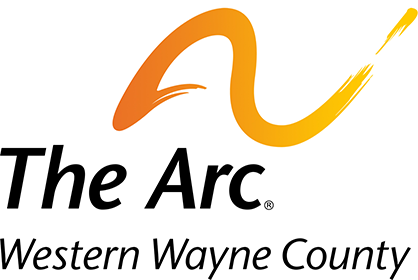Helpline Resource
Online and Automated Telephone Service
What is Autism?
Autism is a complex developmental disability that typically appears during the first three years of life and affects a person’s ability to communicate and interact with others. Autism is defined by a certain set of behaviors and is a “spectrum disorder” that affects individuals differently and to varying degrees.
In February 2007, the Centers for Disease Control and Prevention issued their ADDM autism prevalence report. The report, which looked at a sample of 8 year olds in 2000 and 2002, concluded that the prevalence of autism had risen to 1 in every 150 American children, and almost 1 in 94 boys. The issuance of this report caused a media uproar, but the news was not a surprise to the Autism Society or to the 1.5 million Americans living with the effects of autism spectrum disorder. Nonetheless, the spotlight shown on autism as a result of the prevalence increase opens opportunities for the nation to consider how to serve these families facing a lifetime of supports for their children.
At the present, there is no single known cause of autism. Current research suggests there is a neurological basis, but we are only beginning to understand how these neurological factors affect perception and the ability to recognize and respond to others. There are also no medical tests for autism. Here are some signs to look for in the children in your life:
In February 2007, the Centers for Disease Control and Prevention issued their ADDM autism prevalence report. The report, which looked at a sample of 8 year olds in 2000 and 2002, concluded that the prevalence of autism had risen to 1 in every 150 American children, and almost 1 in 94 boys. The issuance of this report caused a media uproar, but the news was not a surprise to the Autism Society or to the 1.5 million Americans living with the effects of autism spectrum disorder. Nonetheless, the spotlight shown on autism as a result of the prevalence increase opens opportunities for the nation to consider how to serve these families facing a lifetime of supports for their children.
At the present, there is no single known cause of autism. Current research suggests there is a neurological basis, but we are only beginning to understand how these neurological factors affect perception and the ability to recognize and respond to others. There are also no medical tests for autism. Here are some signs to look for in the children in your life:
- Lack of or delay in spoken language;
- Repetitive use of language and/or motor mannerisms, for example hand-flapping or twirling objects;
- Little or no eye contact;
- Lack of interest in peer relationships;
- Lack of spontaneous or make-believe play; and
- Persistent fixation on parts of objects
Autism is treatable. Children do not “outgrow” autism, but studies show that early diagnosis and intervention lead to significantly improved outcomes. Successful support depends upon understanding each individual’s skills, strengths, and capacities.
To find out more about autism, please call the Autism Society of America at 800-328-8476. You can also visit them online at www.autism-society.org.
Phone code: 1732


